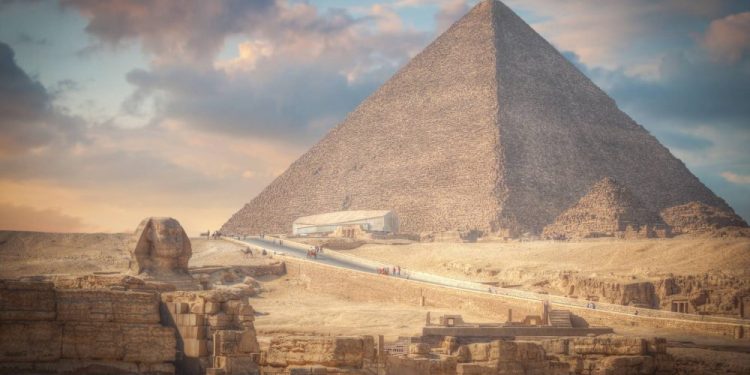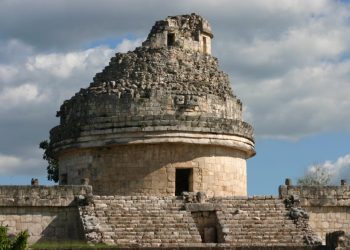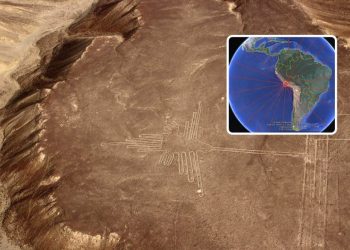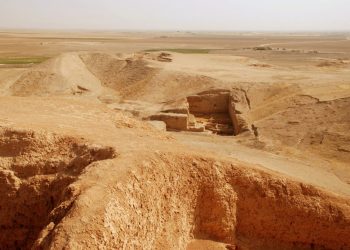Nowadays, we are accustomed to skyscrapers that have long crossed the half-kilometer mark. Until about 1300, however, the pyramid of Cheops with its current height of 138m was the tallest building for 3 thousand years. But it is worth considering the fact that it was built in 2600 BC. without access to modern technology. How much would it cost to build the Great Pyramid today?
Description of the Pyramid of Cheops
The Pyramid of Cheops or the Great Pyramid of Giza is the largest Egyptian monument and the only “wonder of the ancient world” that has survived to this day. The project was handled by the nephew of the pharaoh, the architect Hemiunu.
The pyramid was erected on a natural limestone hill and is a single-tier structure consisting of granite and limestone blocks. Here are some of the known dimensions and characteristics:
• initial height – 146 meters
• current height – 138 meters
• tilt angle – 51 degrees
• base area – 53 thousand square meters
• the number of layers of blocks (current) – 203
Construction
According to scientific research, the construction of the Cheops pyramid was not done by slaves at all, but by free Egyptians with certain qualifications. They were paid for their work, but not in money since it did not exist then.
This became known only in the 1990s when archaeologists discovered tombs intended for workers and overseers. Also, not far from the pyramid, settlements were found in which the builders lived.
How long did it take to build and who built it?
According to Zahi Hawass, former secretary-general of the Egyptian Supreme Council of Antiquities, about 10,000 people took part in the construction. They worked according to the schedule – they changed each other every 3 months.
Egyptologist Mark Lehner claims that at least 20,000 people participated in the project. In any case, this is not the 100,000 that Herodotus wrote about in his books. There is no exact opinion about the duration of the construction either. It is known that it lasted throughout the entire reign of Cheops – from 20 to 27 years according to various sources.
An experiment showed that in 27 years of work, a team of 1000 people could have mined the required amount of limestone in quarries (without the use of modern tools).
It has been proven that the workers ate the best food – lots of meat, vegetables, bread, and other products. According to archaeozoologist R. Redding, they required about 1800 kg of meat daily.
A large part of the costs for the Great Pyramid were materials and their transportation. The pyramid was built mainly from local limestone, the deposit of which is located next to it.
However, white limestone of higher quality was used for finishing, which was brought from the quarries of Tura (13 km from Giza) by ship. Interior decoration was made from imported granite (Aswan, 934 km along the Nile River).
How much would it cost to build the Great Pyramid today?
It is difficult to calculate the cost of building a pyramid at that time because they did not use money, the workers were paid in food, the pharaoh owned many materials, and everything else was obtained by barter.
But if we imagine the construction of such a structure in Egypt at the present level of development, then we get approximately the following data: limestone blocks (2.5 million cubic meters) – $500 million; granite finishing (8000 tons) – $1.4 million; total spending on building materials – no more than 1 billion dollars.
Comparing the project with the construction of the Hoover Dam (USA), which has a similar volume (3.33 million cubic meters), the architect Jean-Pierre Hourden said that in 5 years about 1500-2000 people could build an analog of the Cheops pyramid.
The construction cost would have been $5 billion. To reduce costs and time, you can use concrete instead of limestone and granite.
Join the discussion and participate in awesome giveaways in our mobile Telegram group. Join Curiosmos on Telegram Today. t.me/Curiosmos
*All sources have been linked throughout the article.











